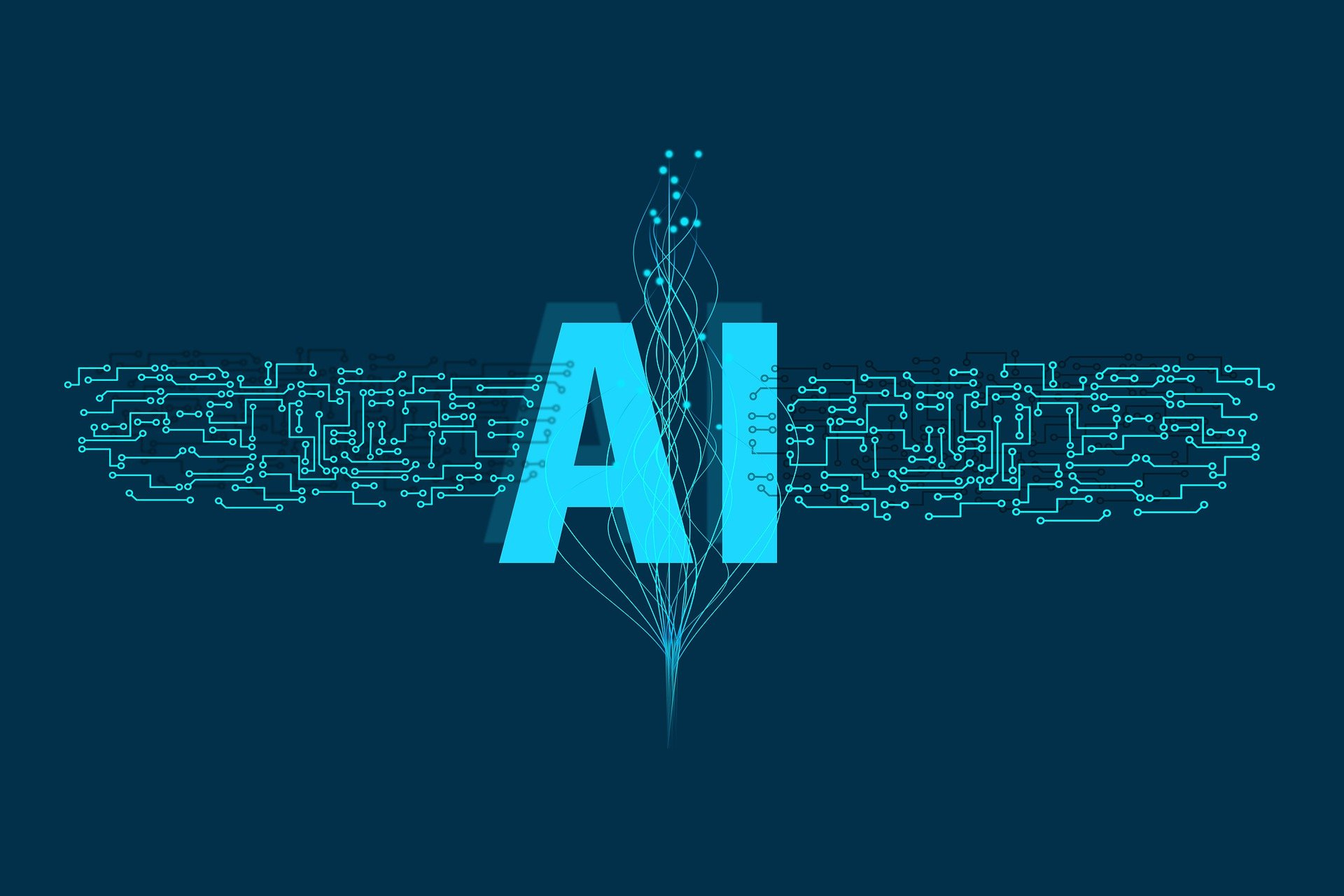In the field of artificial intelligence (AI), language models are advancing rapidly. Deepseek and ChatGPT are two of the most advanced AI models that deliver outstanding results in natural language processing (NLP). In this article, we will compare these two models to determine which one is better and in what scenarios they are most suitable. Comparison between Deepseek and ChatGPT: Which One is Better?
1. Introduction: Comparison between Deepseek and ChatGPT
Deepseek is an advanced AI model designed to process vast amounts of data and improve natural language understanding. Its purpose is to provide deep analytical insights and deliver more accurate responses.
ChatGPT, developed by OpenAI, is a state-of-the-art AI chatbot based on the GPT (Generative Pre-trained Transformer) model. It is trained on a vast dataset and can generate human-like conversations.
2. Core Technology and Architecture
| Features | Deepseek | ChatGPT |
|---|---|---|
| Model Foundation | Advanced NLP Algorithms | GPT Transformer Model |
| Training Data | Industry-specific Data | Large and Diverse Dataset |
| Language Understanding | Deep Analytical Capability | More Fluent and Natural |
| Response Accuracy | Better for Specialized Topics | Better for General Queries |
| Adaptability | Limited to Technical Domains | Versatile Across Various Topics |
Deepseek is primarily designed for industrial and research tasks, whereas ChatGPT is optimized for general users, making it more suitable for everyday conversations.
3. Performance and Accuracy
Deepseek aims to provide more precise and logical answers based on analytical data. It is particularly useful for scientific, research, and business data analysis.
On the other hand, ChatGPT excels in creative writing, fluency, and conversational aspects. It is better suited for storytelling, article writing, and casual conversation.
3.1 Context Awareness
ChatGPT has a broader ability to understand and retain conversational context over long exchanges, while Deepseek is more rigid and structured in its responses, making it suitable for precise data-driven inquiries.
3.2 Real-time Adaptation
ChatGPT continuously improves through user interactions and reinforcement learning, whereas Deepseek follows a more static and structured learning approach with predefined updates.
4. User Experience and Interface
ChatGPT offers a more user-friendly and intuitive interface, making it easier for general users to interact with. Deepseek has a more technical and analytical interface, designed primarily for experts and researchers.
4.1 Customization and Fine-tuning
ChatGPT allows users to fine-tune responses to fit various applications, such as customer support and content creation. Deepseek, on the other hand, is limited to predefined training data and does not offer as much flexibility for individual users.
5. Pricing and Availability
Deepseek is often more suitable for large organizations and research institutions, and some versions may not be free. ChatGPT offers different versions, including free and premium (ChatGPT Plus), making it more accessible to the general public.
6. Potential Use Cases
| Use Case | Deepseek | ChatGPT |
|---|---|---|
| Research Papers | ✅ | ❌ |
| General Chat and Conversation | ❌ | ✅ |
| Business Analysis | ✅ | ❌ |
| Storytelling | ❌ | ✅ |
| Educational Support | ✅ | ✅ |
| Legal and Compliance Documentation | ✅ | ❌ |
| AI-Powered Customer Support | ❌ | ✅ |
7. Future Prospects
With rapid advancements in AI, both Deepseek and ChatGPT are expected to evolve further. Deepseek may incorporate more adaptive learning capabilities, while ChatGPT could refine its precision in data-driven responses. Integration with multimodal AI (text, images, and voice) is another area where these models could expand.
8. Conclusion
Both Deepseek and ChatGPT are excellent AI models, but they serve different purposes. If you need to work with research and analytical data, Deepseek is more suitable, while for general conversation, creative writing, or answering simple queries, ChatGPT is the better choice.
As AI continues to progress, the gap between these models may narrow, potentially leading to hybrid systems that combine the strengths of both models to offer even more powerful AI-driven solutions.


